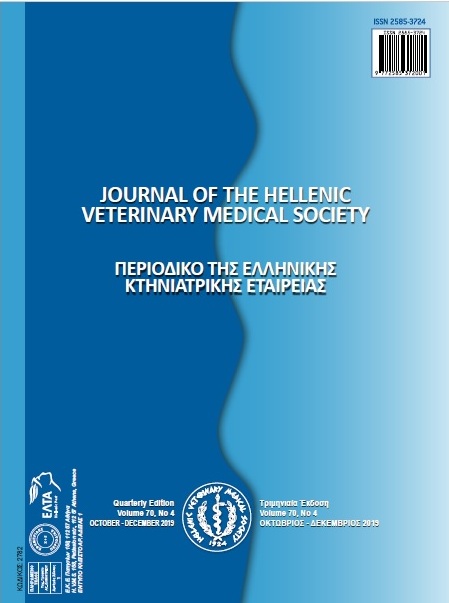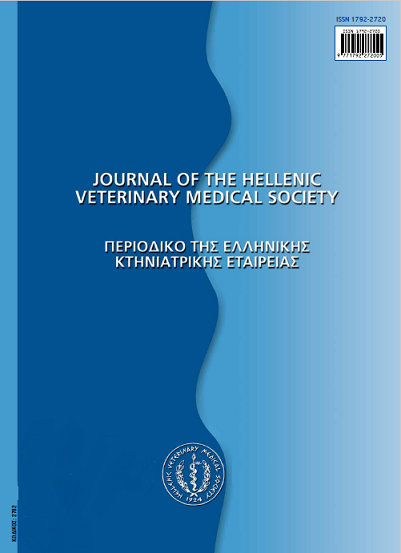Occurrence of Campylobacter, Salmonella, and Arcobacter in pet birds of northern Iran
Abstract
Pet birds can harbor human pathogens and contribute to the transmission of infectious agents to human. Since many people are interested in keeping pet birds, this study was conducted in pet birds from Mazandaran province, northern Iran. Totally, 174 fecal samples of pet birds (cockatiel, canary, lovebird, parrot, mynah, goldfinch, budgerigar, macaw, dove, pigeon, and bulbul) were collected with sterile cotton swabs and submitted to Faculty ofVeterinary Medicine, Department of Pathobiology (Amol, Iran). After extraction of total DNA, the samples subjected to molecular detection of the Campylobacter, Salmonella, and Arcobacter using polymerase chain reaction. A total of 114 (65.5%), 28 (16%), and 86 (49.4%) samples were found positive for Campylobacter, Salmonella, and Arcobacter, respectively. Furthermore, some birds showed contamination with two or all three of these bacteria. Results showed that mentioned bacteria can be detected from the apparently healthy pet birds. Therefore pet birds can be considered as potential carriers of these enteropathogens.
Article Details
- How to Cite
-
SEIFI, S., KHOSHBAKHT, R., & AZIZPOUR, A. (2020). Occurrence of Campylobacter, Salmonella, and Arcobacter in pet birds of northern Iran. Journal of the Hellenic Veterinary Medical Society, 70(4), 1771–1776. https://doi.org/10.12681/jhvms.22248
- Issue
- Vol. 70 No. 4 (2019)
- Section
- Research Articles

This work is licensed under a Creative Commons Attribution-NonCommercial 4.0 International License.
Authors who publish with this journal agree to the following terms:
· Authors retain copyright and grant the journal right of first publication with the work simultaneously licensed under a Creative Commons Attribution Non-Commercial License that allows others to share the work with an acknowledgement of the work's authorship and initial publication in this journal.
· Authors are able to enter into separate, additional contractual arrangements for the non-exclusive distribution of the journal's published version of the work (e.g. post it to an institutional repository or publish it in a book), with an acknowledgement of its initial publication in this journal.
· Authors are permitted and encouraged to post their work online (preferably in institutional repositories or on their website) prior to and during the submission process, as it can lead to productive exchanges, as well as earlier and greater citation of published work.





